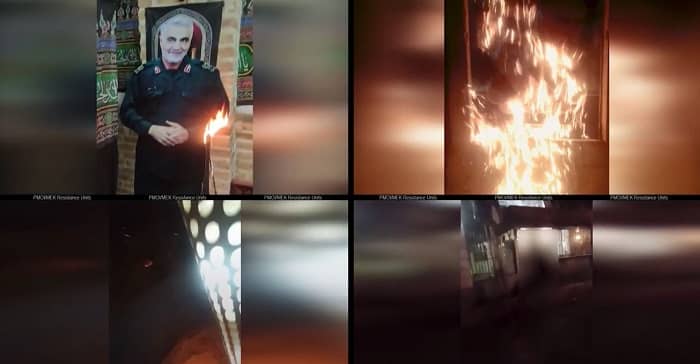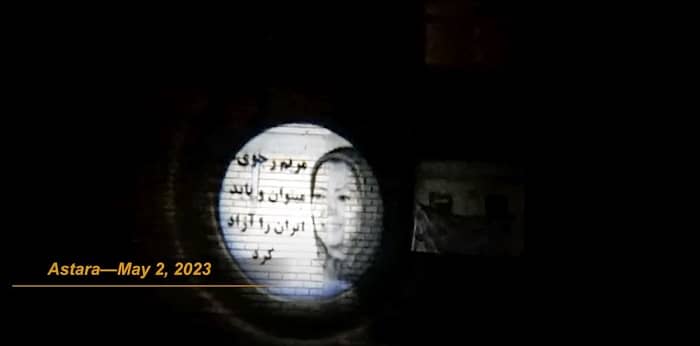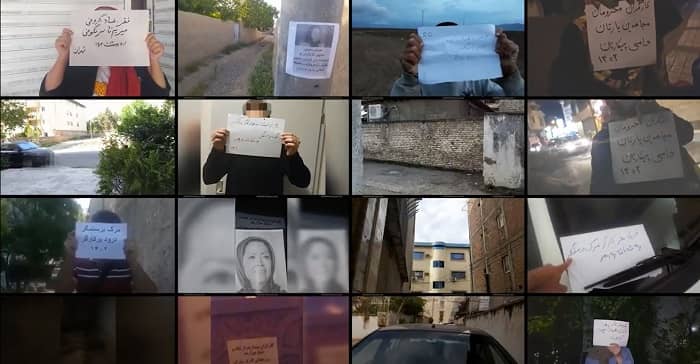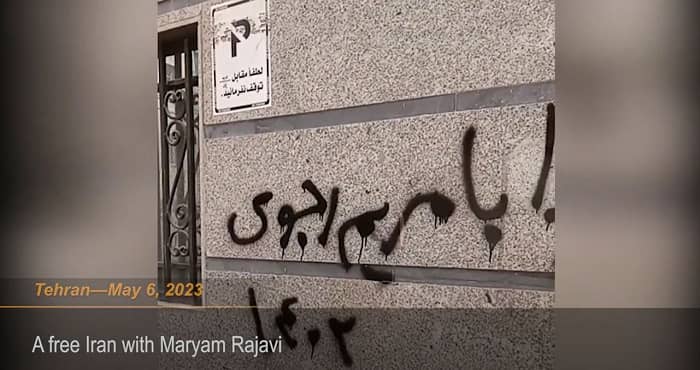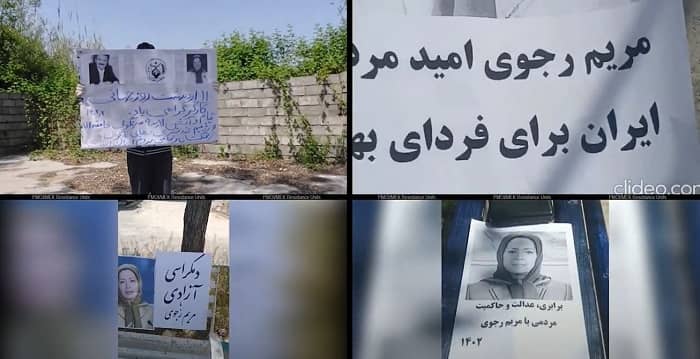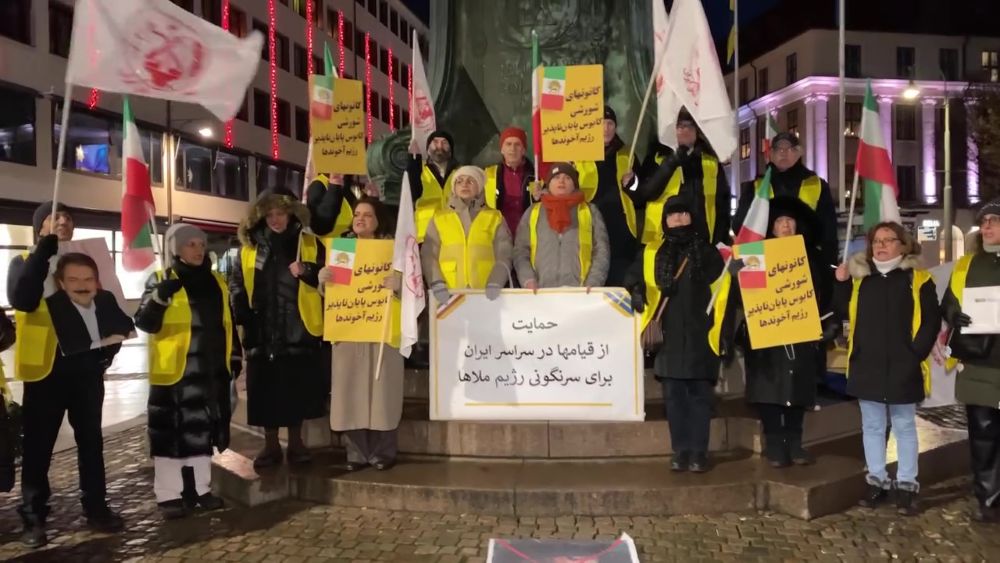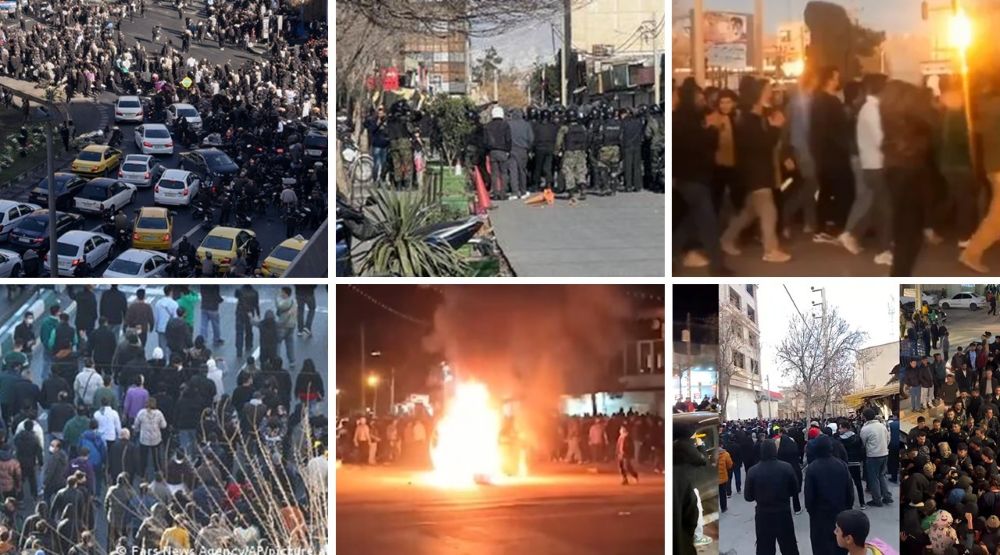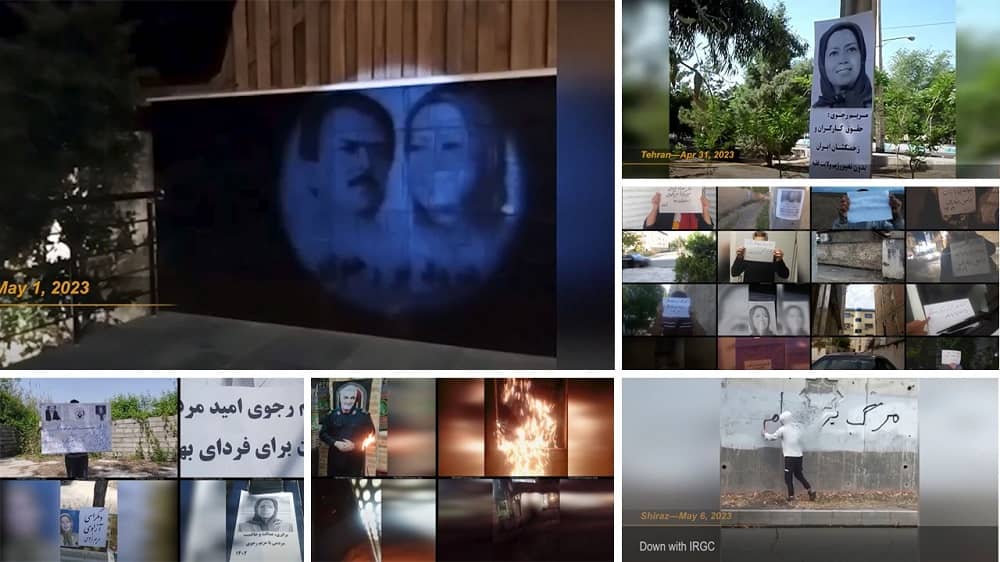
May 1-7, 2023: Throughout last week, MEK Resistance Units in Iran demonstrated their unwavering dedication in their ongoing campaign against the Iranian regime. One of their main activities is torching IRGC signs, regime icons in public places, and setting Images of Iranian regime’s leaders on fire.
The act of torching symbols of the dictatorship helps to break the atmosphere of fear and intimidation that the regime seeks to impose on the Iranian population. It sends a clear message that the people reject the regime’s authority and are willing to challenge its oppressive rule.
MEK Resistance Units also projected images of Iranian Resistance leaders, Maryam Rajavi and Massoud Rajavi, in public spaces across the country.
These acts are very significant as they directly challenge the regime’s narrative to discredit the MEK among the Iranian population. Furthermore, these defiant actions serve as a source of inspiration and hope for the Iranian people and protesters who endure the regime’s oppressive rule.
Witnessing the projected images of Maryam Rajavi and Massoud Rajavi on public buildings ignites a renewed spirit of resilience, encouraging continued resistance against the regime.
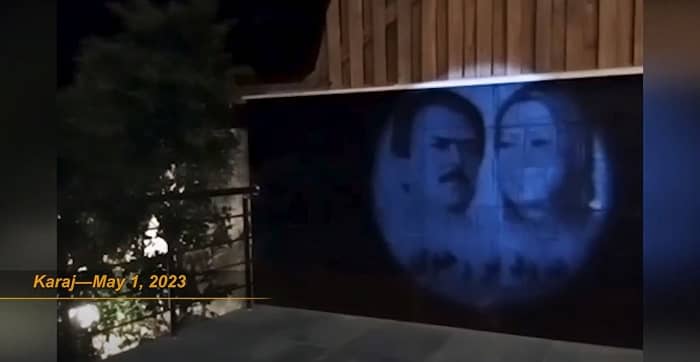
Last week, Resistance Units also marked International Labor Day. Many members of Resistance Units who are workers themselves rejected the regime’s brutal rule that has turned workers’ lives into misery. They also distributed leaflets with slogans against the Iranian regime.
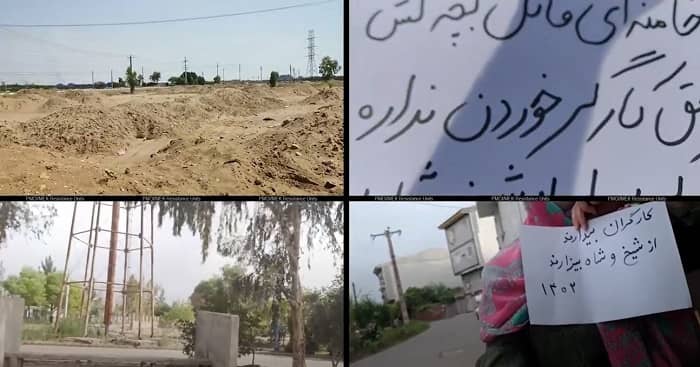
MEK Resistance Units also echo the desire of the Iranian people by writing popular slogans on walls in different cities. Engaging in graffiti and anti-regime slogans serve as a call to action, encouraging Iranians to join the resistance and to challenge the regime. They inspire individuals to take a further stand and contribute to the collective effort for the regime’s overthrow.
The acts of distributing leaflets, graffiti, and writing anti-regime slogans have a psychological impact on both the regime and the Iranian people. They challenge the regime’s authority and demonstrate that there is an organized resistance actively working to bring about change. These acts erode the regime’s sense of control and instill a sense of hope and empowerment among the Iranian people.
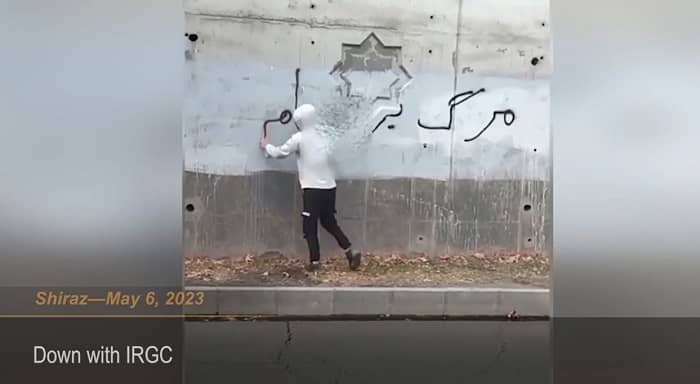
Resistance Units’ acts go beyond symbolism, forming part of a strategic effort by the MEK and its Resistance Units to undermine the regime’s control over public spaces and demonstrate their ability to operate openly despite the regime’s repression. However, it is important to acknowledge the risks involved, as the Resistance Units carry out these acts at great personal peril.
The regime has a history of brutal crackdowns on dissent and opposition, particularly targeting MEK supporters. Distributing leaflets or images of Maryam Rajavi, who is perceived as the regime’s primary adversary, can result in severe punishments, including harsh sentences and even the death penalty.
Resistance Units’ acts are of paramount importance in Iran as they serve as a beacon of hope, defiance, and mobilization against the oppressive regime.
These acts not only challenge the regime’s authority and propaganda but also inspire and unite the Iranian people in their quest for freedom, democracy, and human rights. Through their courageous actions, the Resistance Units play a crucial role in fueling the aspirations of the Iranian people and building momentum towards a brighter and democratic Iran.

